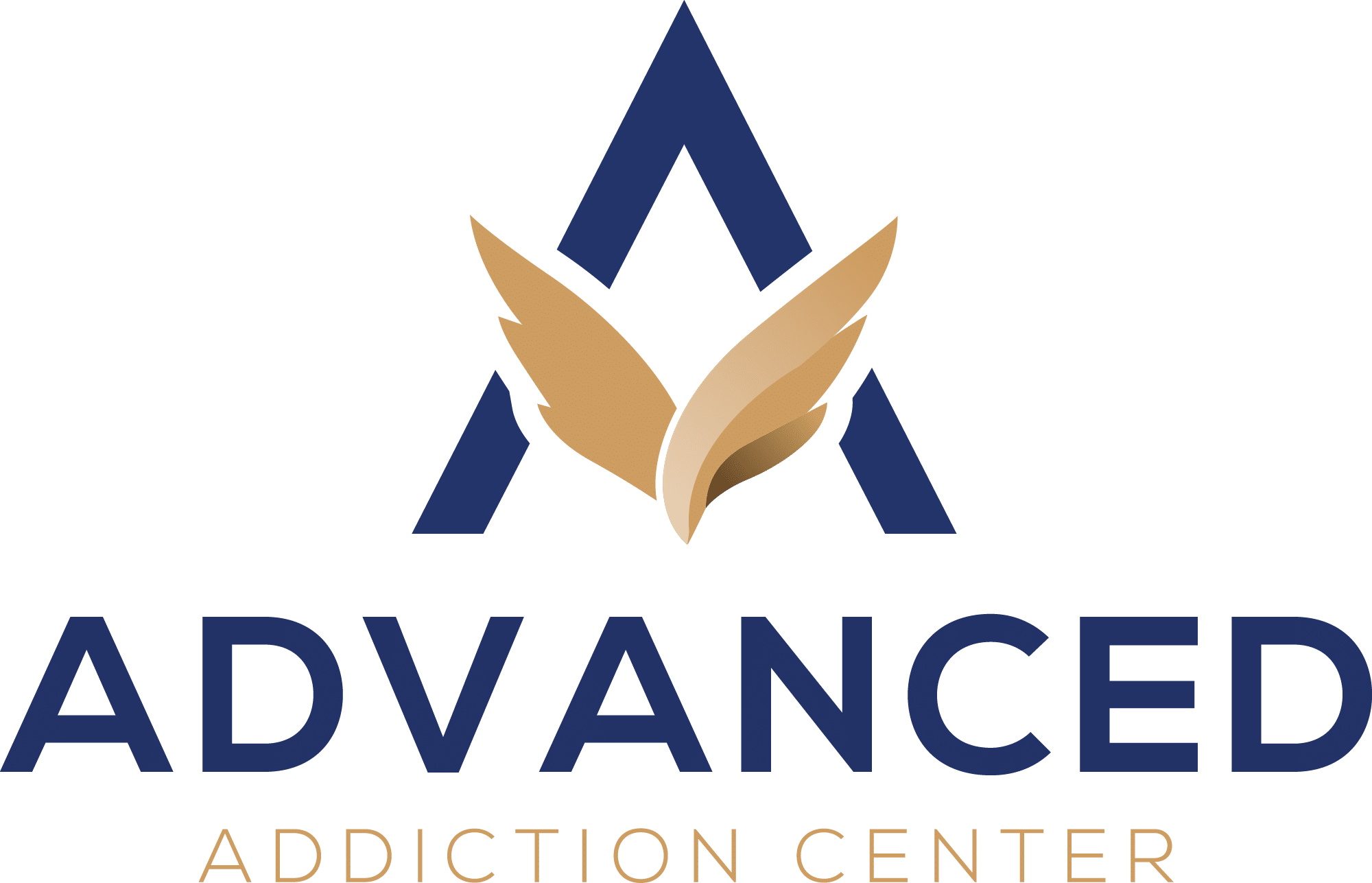Narcotics, a class of drugs that includes both legal and illegal substances, have long been a subject of debate and concern. These drugs, primarily derived from the opium poppy or synthesized in laboratories, are powerful pain relievers that can also produce euphoric effects. However, their potential for addiction and misuse is high, leading to devastating consequences for many individuals and communities.
In this article, we will delve into the different types of narcotics, their effects, risks, and the role they play in addiction. We’ll also explore how narcotics are classified, and what you can do if you or a loved one is struggling with narcotics addiction. For more information on treatment options, check out our addiction treatment programs.
What Are Narcotics?
The term narcotics originally referred to any substance that dulled the senses and relieved pain. Today, however, it is more commonly associated with opioids—drugs that are derived from or chemically similar to opium. Narcotics are primarily used in medicine to treat moderate to severe pain, but they also have a high potential for misuse. Some well-known examples include:
- Morphine: Used to treat severe pain, especially after surgery or injury.
- Codeine: Often found in cough syrups and pain medications.
- Heroin: An illegal drug synthesized from morphine that is highly addictive.
- Oxycodone (OxyContin): A prescription drug often misused for its euphoric effects.
- Fentanyl: A synthetic opioid that is 50 to 100 times more potent than morphine and is linked to a surge in overdose deaths.
These narcotics, while effective for pain relief, can lead to dependency and addiction, which is why they are classified as controlled substances under federal law. Narcotics can either be natural, such as morphine, or synthetic, like fentanyl, and both types are dangerous when not used as prescribed.
How Are Narcotics Classified?
The classification of narcotics is based on their potential for abuse and medical use. In the United States, the Drug Enforcement Administration (DEA) categorizes narcotics into five schedules under the Controlled Substances Act:
- Schedule I: Drugs with no accepted medical use and a high potential for abuse. Examples include heroin and synthetic opioids like fentanyl when illegally manufactured.
- Schedule II: Drugs with a high potential for abuse, but with accepted medical uses. These include drugs like morphine, oxycodone, and fentanyl (in prescription form).
- Schedule III, IV, and V: Drugs with a lower potential for abuse. Schedule III drugs include certain combinations of narcotics, while Schedule IV and V include drugs like codeine-containing cough syrups.
The stricter the classification, the tighter the regulations on how the drug can be prescribed, dispensed, and used. However, despite these controls, misuse of narcotics remains a significant issue in the U.S. and globally.
Effects on the Body
Narcotics primarily affect the central nervous system (CNS), where they bind to opioid receptors in the brain, spinal cord, and other organs. This action blocks pain signals and releases large amounts of dopamine, which creates a feeling of euphoria. While this may seem like a beneficial effect for pain relief, the risks are severe. Common effects of narcotics include:
- Pain relief: One of the primary reasons narcotics are prescribed.
- Euphoria: A sense of well-being or pleasure that contributes to their misuse.
- Drowsiness: Narcotics can cause extreme drowsiness or sedation, impairing the ability to perform normal activities.
- Respiratory depression: High doses of narcotics can slow or stop breathing, leading to overdose and death.
While narcotics are essential for treating certain medical conditions, their addictive properties make them dangerous when used outside of a doctor’s care.
Signs of Narcotics Addiction
Narcotics addiction develops quickly due to the drug’s powerful effects on the brain’s reward system. This addiction can lead to physical dependence, where the body becomes accustomed to the drug, and withdrawal symptoms occur when it is not available. Some of the most common signs of narcotics addiction include:
- Increased tolerance: Needing larger doses to achieve the same effect.
- Withdrawal symptoms: These may include anxiety, irritability, nausea, vomiting, muscle aches, and sweating when not using the drug.
- Neglecting responsibilities: Addicts may stop caring for work, school, or personal duties.
- Inability to stop: Even after recognizing the harmful effects, addicts often find it difficult to quit on their own.
For individuals struggling with narcotics addiction, professional help is often necessary. Our comprehensive narcotics treatment programs at Advanced Addiction Center provide tailored support, including detox, counseling, and aftercare planning.
The Risks of Misuse
The misuse of these powerful drugs presents many dangers, not only to the individual using them but also to their loved ones and the broader community. Let’s explore some of the most common risks associated with drug misuse:
- Overdose: These substances suppress the respiratory system, which can be fatal at high doses. This risk is especially pronounced with potent drugs like fentanyl, where even small amounts can lead to death.
- Increased risk of infection: Individuals who inject drugs may expose themselves to bloodborne diseases such as HIV or hepatitis, significantly impacting their overall health.
- Mental health issues: Misuse is often closely linked with anxiety, depression, and other mental health disorders, which can worsen over time.
- Legal consequences: Engaging in the illicit possession or sale of these substances can result in severe legal penalties, including significant prison time.
By recognizing these dangers, individuals and communities can take steps to prevent the misuse of these drugs and encourage those in need to seek help before it’s too late.
Narcotics in Modern Medicine: Necessary but Risky
While the dangers of narcotics are well-known, they remain an important tool in modern medicine, particularly for pain management. For individuals suffering from chronic pain, cancer, or recovering from surgery, narcotics may offer the best chance at relief. However, physicians are increasingly cautious about prescribing these drugs due to their potential for addiction.
The opioid crisis in the United States has highlighted the need for better pain management alternatives and more stringent controls on narcotics prescriptions. According to the Centers for Disease Control and Prevention (CDC), there were over 70,000 drug overdose deaths in 2021, with opioids accounting for nearly 75% of those deaths. This underscores the urgent need for comprehensive addiction treatment services and prevention efforts.
How to Seek Help for Narcotics Addiction
If you or someone you love is struggling with narcotics addiction, it’s important to seek help as soon as possible. Overcoming addiction is incredibly difficult, but it is possible with the right support and treatment. Advanced Addiction Center offers a range of treatment options for narcotics addiction, including:
- Detox programs: These provide medical supervision to manage withdrawal symptoms and safely detoxify the body.
- Inpatient and outpatient treatment: Depending on the severity of the addiction, both types of treatment offer various levels of support.
- Therapy and counseling: Individual, group, and family counseling can help address the psychological aspects of addiction.
- Aftercare planning: Ongoing support is critical for maintaining long-term recovery.
Addiction recovery is a lifelong journey, but with professional help, it’s possible to regain control and live a healthy, substance-free life.
External Resources
For additional information and resources on narcotics addiction, consider visiting the following websites:
- National Institute on Drug Abuse (NIDA): Offers comprehensive information on narcotics, their effects, and addiction treatment options.
- Substance Abuse and Mental Health Services Administration (SAMHSA): Provides resources for finding local addiction treatment services and support groups.
- Centers for Disease Control and Prevention (CDC): Tracks data on opioid misuse and overdose deaths and offers prevention strategies.
At Advanced Addiction Center, we are committed to helping individuals overcome addiction and build healthier futures. If you’re ready to start your recovery journey, learn more about our personalized treatment plans and how we can support you every step of the way.
Conclusion: Understanding Narcotics and Their Impact
Narcotics play a complicated role in our society. While they are crucial for managing pain, they also pose significant risks when misused. The line between medical use and addiction can sometimes blur, making it vital for patients and healthcare providers to work closely together. If you or a loved one is facing the challenges of narcotics addiction, don’t wait to seek help. Contact Advanced Addiction Center to learn about our treatment options and get the support you need.








